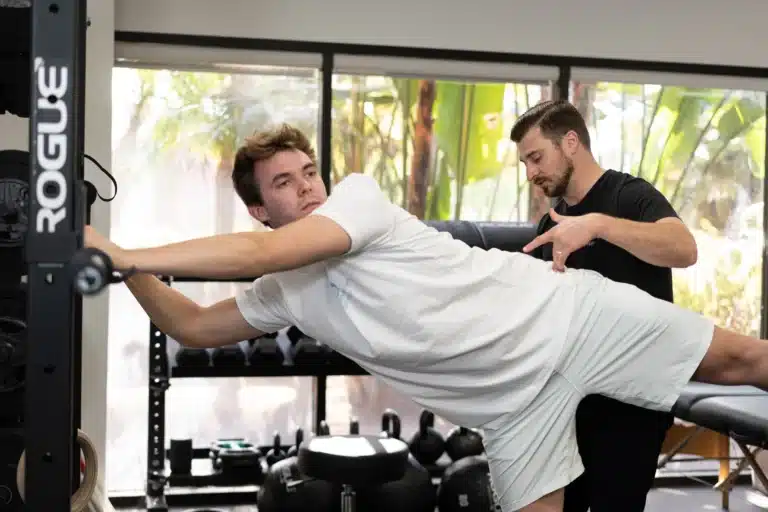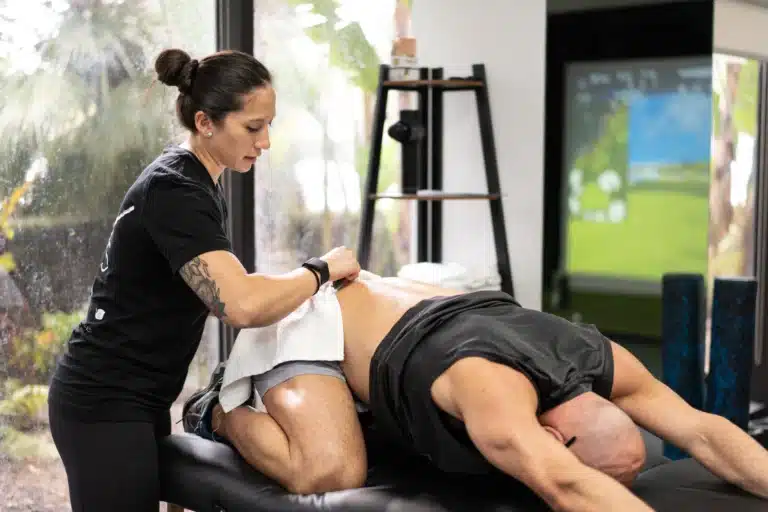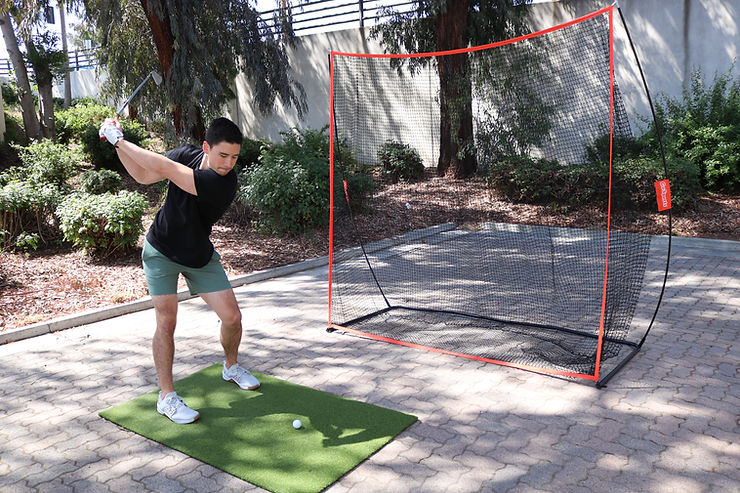In the world of fitness and athletics, the best mobility exercises play a crucial role in enhancing performance and preventing injuries. By improving your body’s ability to move freely and efficiently, these exercises can significantly boost your athletic capabilities and overall well-being. In this blog, we’ll look into the importance of mobility, how it differs from flexibility, and the best mobility exercises to incorporate into your routine.
Mobility exercises are designed to improve the range of motion and flexibility of your joints and muscles. By regularly performing these exercises, you can reduce the risk of injuries, enhance your athletic performance, and maintain better posture and alignment. Mobility exercises also help in the efficient execution of other physical activities such as running, by ensuring your body moves as intended, providing freedom of movement in daily life and during workouts.
What is Mobility?
Mobility refers to the ability of a joint to move actively through a range of motion. It involves the muscles, tendons, and ligaments surrounding the joint, allowing for smooth and controlled movements. Unlike flexibility, which is the ability of a muscle to lengthen passively, mobility requires active control and stability. This includes maintaining proper posture and joint health, which is essential for overall physical performance.
Mobility vs. Flexibility: What’s the Difference?
While flexibility and mobility are often used interchangeably, they are distinct concepts. Flexibility is about the length of a muscle, while mobility focuses on the joint’s ability to move through its full range of motion with control. For optimal performance and injury prevention, both flexibility and mobility are important, but mobility is the key to functional and dynamic movements. Dynamic stretching and static stretching both play roles in improving these aspects, but mobility training exercises emphasize active control within the joint range.
Benefits of Mobility Exercises
Reduced Risk of Injury
Mobility exercises strengthen the muscles and improve joint stability, reducing the likelihood of injuries during physical activities. By maintaining proper alignment and movement patterns, you can avoid common injuries such as sprains, muscle strains, and stiff joints. This is particularly important for joints like the shoulder joint and hip joint, which are involved in a wide range of motions.
Improved Range of Motion
Enhanced mobility allows your joints to move freely and fully, enabling you to perform exercises and daily activities with greater ease and effectiveness. This can lead to better performance in sports and other physical endeavors. Improving the range of motion in joints such as the ankle joint, shoulder joint, and hip joint can significantly enhance overall mobility.
Better Posture and Alignment
Good mobility helps maintain proper posture and alignment, reducing the strain on your muscles and joints. This can alleviate discomfort and prevent chronic issues such as back pain and muscle imbalances. By incorporating mobility workouts into your routine, you support better alignment of the shoulder blades, hip joints, and core muscles.
Enhanced Athletic Performance
Athletes can benefit greatly from improved mobility, as it allows for more efficient and powerful movements. Whether you’re running, lifting weights, or playing sports, better mobility can enhance your performance and reduce fatigue. Mobility training ensures that your joints and muscles are prepared for the demands of intense physical activity, optimizing muscle activation and strength.
The Best Mobility Exercises
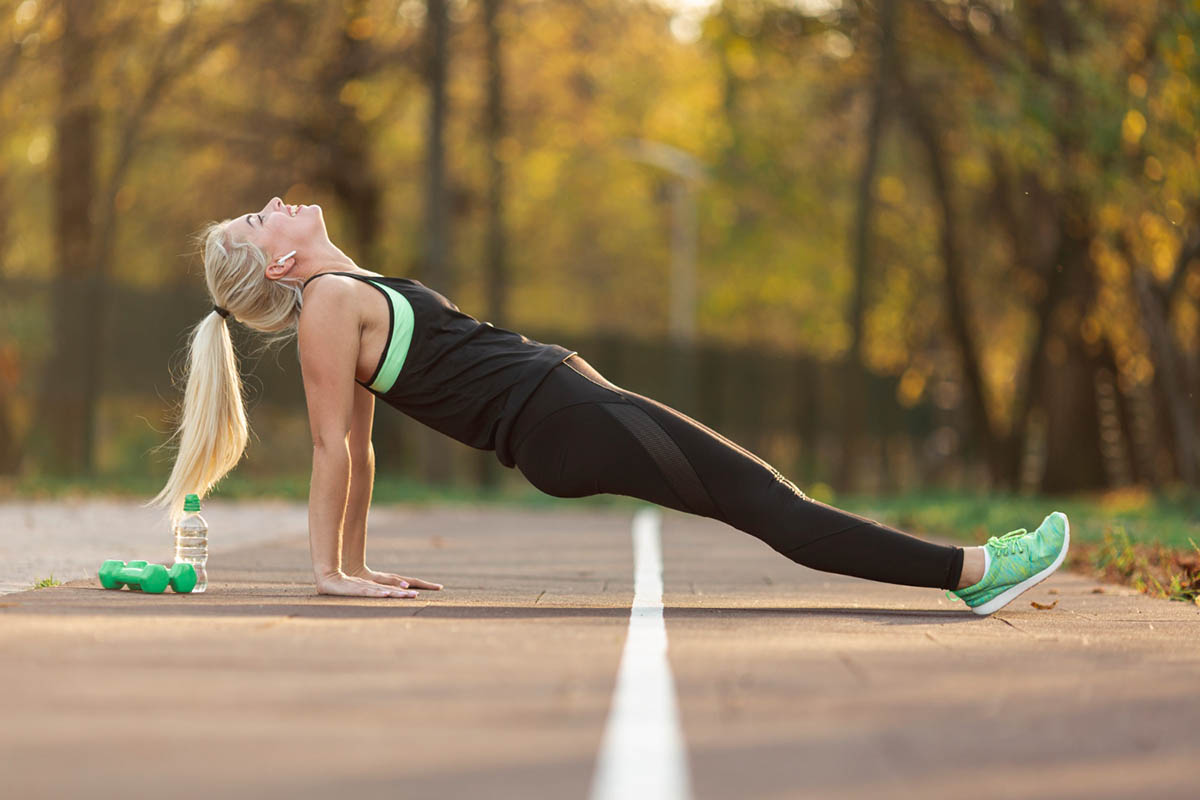
Hip Mobility Exercises
Spider Lunge
This exercise targets the hip flexor muscles, adductors, and hamstrings, improving flexibility and stability. Start in a plank position and bring your left foot up to the outside of your left hand, ensuring your foot is flat on the ground. Hold the position to stretch the hip flexors.
Crescent Lunge
The crescent lunge stretches the hip flexors and quadriceps, enhancing hip mobility and balance. From a starting position with feet hip-width apart, step one foot back into a lunge, keeping the feet flat and engaging the core muscles.
World’s Greatest Stretch
This comprehensive stretch targets multiple muscle groups, including the hips, hamstrings, and lower back, promoting overall mobility. Begin in a plank position, step one foot forward, and rotate your torso to reach upward with the opposite hand, ensuring external rotation of the hip joint.
Lower Back Mobility Exercises
Lumbar Rotation
Lumbar rotation exercises improve the flexibility and rotation of the lower back, alleviating stiffness and enhancing movement. Lie on your back with your knees bent and feet flat on the floor, and gently rotate your knees to one side while keeping your shoulder blades on the ground.
Prone Lumbar Twist
The prone lumbar twist stretches the lower back and spine, promoting better mobility and reducing tension. Lie face down, place one arm out to the side, and rotate your leg over your body, reaching toward the opposite side to achieve a full twist.
Shoulder Mobility Exercises
Shoulder CARs
Controlled Articular Rotations (CARs) help maintain and improve shoulder mobility, ensuring smooth and controlled movements. Stand with your feet shoulder-width apart and perform slow, controlled circles with your shoulder joint, focusing on the entire range of motion.
Thoracic Extension on Foam Roller
This exercise targets the thoracic spine, enhancing upper back and shoulder mobility. Lie on your back with a foam roller placed under your shoulder blades, and gently extend your spine over the roller to open up the thoracic region.
Full-Body Mobility Exercises
Cat-Cow Stretch
The cat-cow stretch improves the flexibility and mobility of the spine, promoting better posture and alignment. Start in a tabletop position with your hands and knees on the floor, and alternate between arching your back (cat) and dipping it (cow).
Deep Squat
Deep squats enhance hip, knee, and ankle mobility, providing a solid foundation for various physical activities. Stand with your feet shoulder-width apart and squat down as low as possible, keeping your feet flat on the ground and your core muscles engaged.
Thoracic Spine Rotation
This exercise improves the mobility and flexibility of the thoracic spine, supporting better overall movement and posture. Sit on the floor with your legs crossed, place one hand behind your head, and rotate your torso to one side, focusing on the thoracic region.
Incorporating Mobility Workouts into Your Routine
How to Start a Mobility Training Program
Begin with basic mobility exercises that target your major joints and gradually increase the intensity and complexity. Consistency is key to seeing improvement, so make mobility a regular part of your fitness routine. Consider consulting a personal trainer to ensure you’re performing the exercises correctly and effectively.
Recommended Frequency and Duration
Aim to perform mobility exercises at least 3-4 times a week, dedicating 15-20 minutes per session. This ensures you maintain and improve your mobility over time. For those with sedentary lifestyles, incorporating mobility moves into your daily routine can counteract the effects of sitting for long periods.
Tracking Your Progress
Keep a journal to track your mobility progress, noting any improvements in range of motion and overall performance. Regular assessments can help you stay motivated and make necessary adjustments to your routine. Document changes in your ability to perform specific mobility training exercises and any reductions in muscle tension or joint stiffness.
How Physical Therapy Can Enhance Your Mobility Training
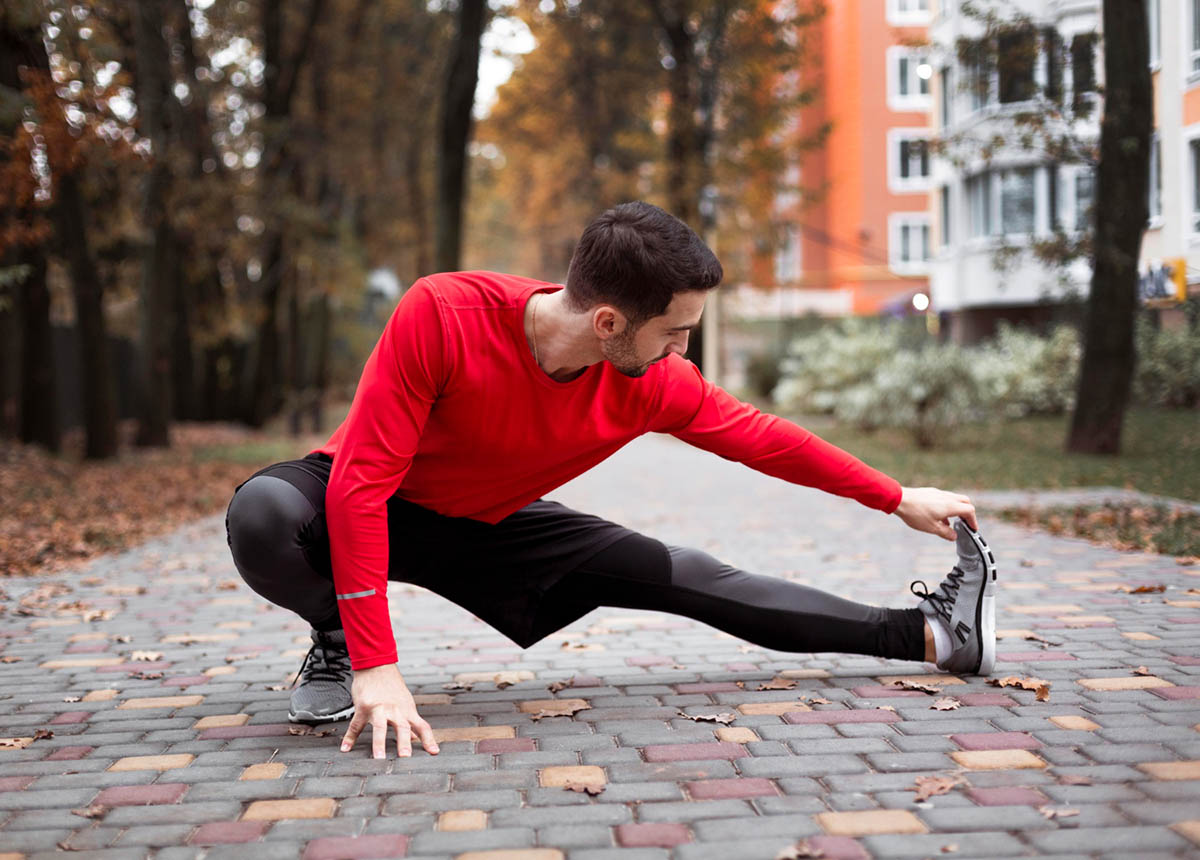
The Role of Physical Therapy in Mobility Training
Physical therapists can provide personalized guidance and techniques to address specific mobility issues. They can help identify underlying problems and create a tailored mobility program to suit your needs. By addressing limited mobility and stiff joints, physical therapists can enhance your overall mobility and joint health.
Personalized Mobility Training Programs
A physical therapist can design a customized mobility training program based on your unique requirements and goals, ensuring you achieve the best results. These programs often include a combination of dynamic stretches, static stretching, and specific mobility moves targeting your entire body.
Advanced Techniques and Tools
Physical therapists have access to advanced techniques and tools, such as manual therapy and specialized equipment, to enhance your mobility training and address any limitations. Techniques like muscle activation and joint manipulation can improve your active range of motion and muscle strength.
How The Movement Schopp Can Help
Expert Guidance and Support
At The Movement Schopp, we pride ourselves on offering expert guidance and support to help you achieve your mobility goals. Our team of professionals is dedicated to providing personalized advice and techniques, ensuring you perform the best mobility exercises for your needs. Whether you’re looking to improve your overall joint health or seeking physical therapy for CrossFit, we have the expertise to help you succeed.
Customized Mobility Plans
We believe in the power of customized mobility plans to maximize your results. We ensure you receive a program tailored to your specific needs and objectives. Our plans can include targeted exercises for improving hip joint mobility, shoulder joint flexibility, and overall joint health. By focusing on your unique requirements, we help you achieve optimal physical performance.
Comprehensive Assessment and Monitoring
Our comprehensive assessment and monitoring services are designed to track your progress and make necessary adjustments to your mobility program. We regularly evaluate your joint range, muscle tension, and overall mobility to ensure you’re on track to meet your fitness goals. Whether you need physical therapy or general mobility improvements, we’re here to support you every step of the way.
Conclusion
Incorporating mobility exercises into your fitness routine can significantly enhance your performance and prevent injuries. By focusing on improving your joint mobility, you can achieve better posture, reduced risk of injury, and overall improved athletic capabilities. Whether you’re an athlete or simply looking to improve your daily movements, mobility exercises are essential for a healthy, active lifestyle.
FAQs
What exercise is best for mobility?
There is no one-size-fits-all answer, as the best exercise for mobility depends on your specific needs and goals. However, exercises like the cat-cow stretch, deep squat, and thoracic spine rotation are excellent for overall mobility. Ankle mobility exercises and hip circles are also beneficial for specific joint areas.
How can I improve my overall mobility?
Consistently incorporating a variety of mobility exercises into your routine, focusing on major joints and muscle groups, and seeking guidance from professionals can help improve your overall mobility. Include both dynamic stretching and static stretching to ensure comprehensive improvement in flexibility and joint movement.
Is it OK to do mobility every day?
Yes, it is generally safe and beneficial to perform mobility exercises daily, especially if you focus on different areas each day and listen to your body’s signals to avoid overtraining. Daily mobility routines can counteract the effects of sedentary lifestyles and maintain joint health.


